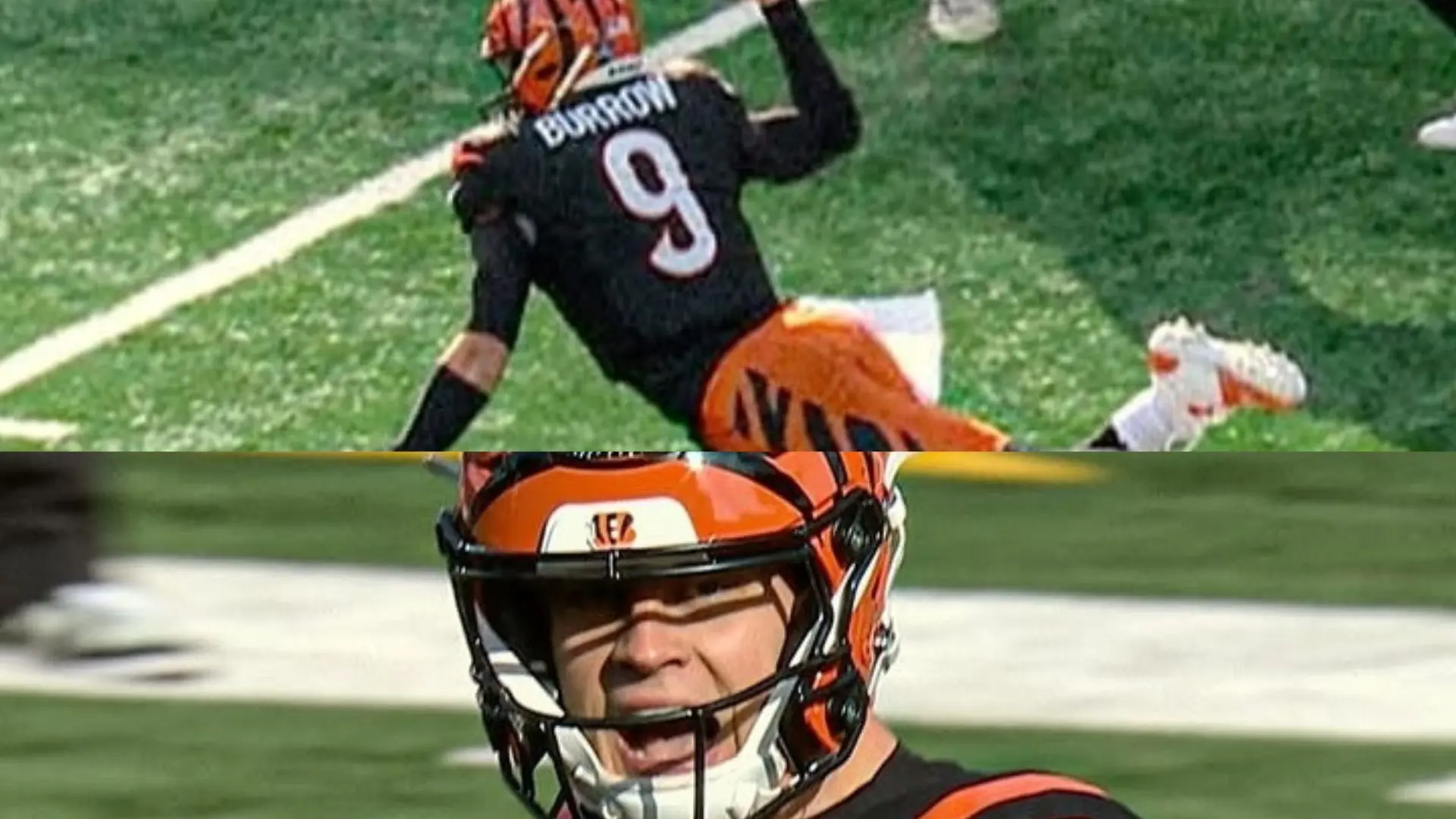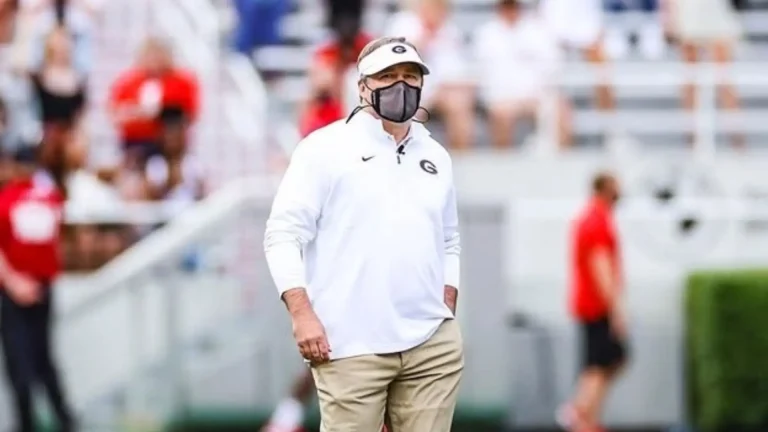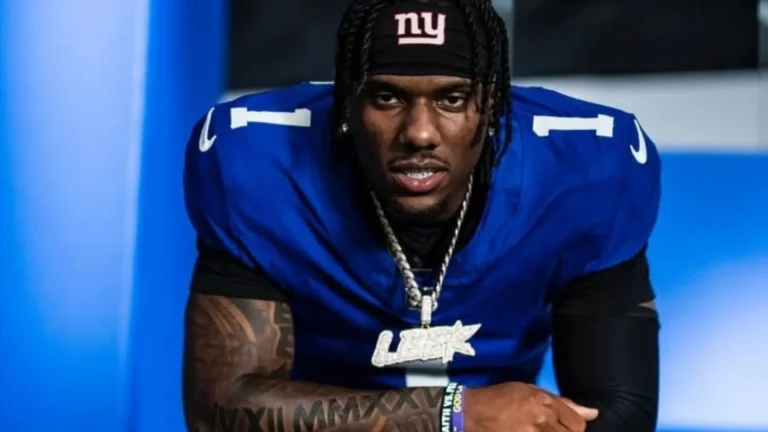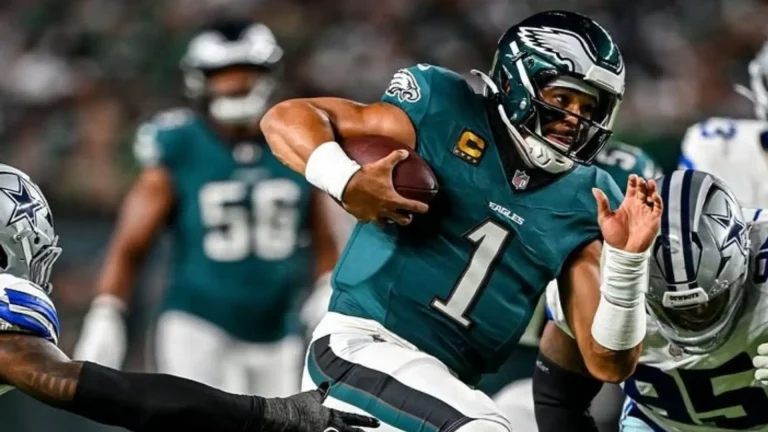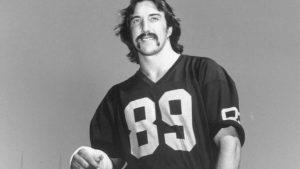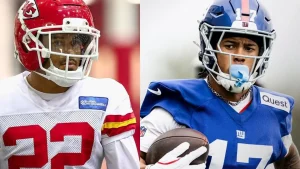When Joe Burrow limped off the field during the Bengals’ Week 2 win over the Jaguars, the news out of Cincinnati wasn’t good. He had suffered a significant case of turf toe, and doctors quickly recommended surgery. By the following week, Burrow was on the operating table, and the Bengals were left preparing for life without their franchise quarterback for at least three months.
The Turf Toe is a kind of injury that feels almost deceptive. The name “Turf toe” doesn’t sound intimidating. In fact, it sounds almost trivial, like something a player should be able to grit through. But ask anyone who has actually dealt with it, and they’ll tell you it’s one of the most painful and limiting injuries in football.
For a quarterback, whose every throw, pivot, and step depends on stability in the lead foot, the toe, turf toe can be career-altering if it isn’t treated properly. Burrow’s case illustrates just how devastating it can be.
So, what exactly is turf toe, and why can’t even the toughest NFL players just “play through it”? Let’s break it down.
What is the Turf Toe Injury?
Turf toe is essentially a sprain of the big toe joint, medically known as the metatarsophalangeal (MTP) joint. This is where the big toe connects to the foot, supported by ligaments and soft tissue that keep the joint aligned and stable. In normal motion, this joint bears an enormous amount of pressure, especially during push-offs, cuts, or sprints.
When the toe is forced to bend backward beyond its normal range, something that often happens when a player plants their foot awkwardly, gets stepped on, or pushes off with great force, the ligaments stretch or tear. That’s turf toe.
How Does Turf Toe Happen?
The name “turf toe” goes back to the 1970s, when athletes first began playing on artificial turf. Early turf surfaces were laid directly on concrete and offered almost no give, putting added stress on players’ toes and feet. Although today’s playing surfaces are far more advanced, the name stuck.
But it’s not just about turf. Turf toe can occur on grass, too, particularly when an athlete wears flexible shoes with little sole support or when their foot gets trapped as their body continues to move forward. In football, that combination of force and motion makes the big toe joint particularly prone to injury.
Why Can’t Players Just Play Through a Turf Toe Injury?
This is where perception and reality collide. Because “turf toe” doesn’t sound severe, some assume it’s like a jammed finger, painful but manageable. In truth, it’s far worse.
Every step you take requires motion in the big toe, and during athletic competition, that motion is magnified. Medical experts estimate that the big toe supports 60-70% of body weight during push-off. That means any attempt to run, cut, or even jog sends piercing pain through the joint. Try to ignore it, and the risk isn’t just short-term discomfort; it can destabilize the joint permanently, and in some cases even lead to arthritis in the toe.
That’s why Joe Burrow couldn’t simply tough it out. His injury involved a more severe tear of the supporting ligaments and tissues, which required surgical repair. Without it, the joint would remain unstable, and that would limit his power and accuracy as a passer.
Treatment and Recovery
Treatment depends on the severity. Mild cases are essentially sprains and can be managed with ice, rest, and physical therapy, allowing athletes to return in a few weeks. More serious cases, however, like Joe Burrow’s, may involve partial or complete ligament tears.
Surgery, while rare, is necessary in those instances to reattach damaged tissue and restore function. Recovery can stretch over months, with players often returning in customized shoes featuring stiff plates to protect the toe from overextending again.
That’s why recovery timelines vary so much. Brock Purdy’s version of the injury kept him out for just a few weeks, while Burrow’s surgical path could stretch into December.
Why It Matters
For Joe Burrow and the Bengals, the stakes are obvious. Losing their star quarterback for three months could derail their season. But the broader issue is that the turf toe injury shows just how fragile even the toughest athletes can be. A joint smaller than the size of a quarter has the power to shut down an entire season if it’s injured.
So, when you hear that Joe Burrow is sidelined with turf toe, don’t be fooled by the nickname. It’s not just “a toe thing.” It’s a career-shaping injury that tests pain tolerance, biomechanics, and the limits of modern medicine. Sometimes these seemingly small injuries can carry the biggest consequences.
Read Also: Former 49ers LB Jim Fahnhorst dies at 66: A Look Back at His Life and Career
Frequently Asked Questions (FAQs)
What is turf toe injury?
Turf toe is a sprain of the big toe joint, known as the metatarsophalangeal (MTP) joint. It happens when the toe is bent backward beyond its normal range, stretching or tearing the ligaments and soft tissues that stabilize the joint.
Is turf toe a career-ending injury?
Not usually. With proper treatment, including rest, physical therapy, or surgery, most players return to their sport. However, if left untreated or if the injury is severe, it can cause chronic instability and arthritis, which may affect long-term performance.
Why is turf toe more common in football than in other sports?
Football players frequently plant, cut, and push off explosively, often while wearing flexible cleats that don’t provide much support. The combination of forceful movements, body weight, and contact makes their big toe joints especially vulnerable.
How is turf toe different from a normal sprain?
A turf toe injury is a sprain specifically at the big toe joint, which plays a crucial role in balance, push-off, and stability. Unlike a sprain in another part of the body, this joint is involved in almost every step, making it much harder to play through.
Does turf toe only happen on artificial turf?
No. Despite the name, turf toe can also occur on grass or other surfaces. The injury is more about the mechanics of the foot, how the toe bends, and the forces placed on it, than the playing surface itself.
What’s the typical recovery time for turf toe injury?
Mild cases can heal in two to three weeks with rest and rehab. More severe cases, especially those requiring surgery like Joe Burrow’s, often need several months before an athlete can safely return to competition.

![Top Legendary Cricketers Who Retired Without a Farewell [Updated 2025] 2 Top Legendary Cricketers Who Retired Without a Farewell [Updated 2025]](https://sportspromax.com/wp-content/uploads/2025/08/image-300x200.webp)


